Critical Thinking for Better Learning
To follow knowledge like a sinking star,
Beyond the utmost bound of human thought.
Alfred, Lord Tennyson, Ulysses
Critical Thinking for Better Learning
New Insights from Cognitive Science
Carole Hamilton
Rowman & Littlefield
Lanham Boulder New York London
Published by Rowman & Littlefield
A wholly owned subsidiary of The Rowman & Littlefield Publishing Group, Inc.
4501 Forbes Boulevard, Suite 200, Lanham, Maryland 20706
www.rowman.com
Unit A, Whitacre Mews, 26-34 Stannary Street, London SE11 4AB
Copyright 2016 by Carole Hamilton
All rights reserved . No part of this book may be reproduced in any form or by any electronic or mechanical means, including information storage and retrieval systems, without written permission from the publisher, except by a reviewer who may quote passages in a review.
British Library Cataloguing in Publication Information Available
Library of Congress Cataloging-in-Publication Data Is Available
Names: Hamilton, Carole L., 1951-2016, author.
Title: Critical thinking for better learning : new insights from cognitive science / Carole Hamilton.
Description: Lanham : Rowman & Littlefield, [2016] | Includes bibliographical references and index.
Identifiers: LCCN 2016015301 (print) | LCCN 2016033657 (ebook) | ISBN 9781475827781 (cloth : alk. paper) | ISBN 9781475827798 (pbk. : alk. paper) | ISBN 9781475827804 (Electronic)
Subjects: LCSH: Critical thinkingStudy and teaching. | Cognition.
Classification: LCC LB1590.3 .H36 2016 (print) | LCC LB1590.3 (ebook) | DDC 370.15/24dc23
LC record available at https://lccn.loc.gov/2016015301
 The paper used in this publication meets the minimum requirements of American National Standard for Information SciencesPermanence of Paper for Printed Library Materials, ANSI/NISO Z39.48-1992.
The paper used in this publication meets the minimum requirements of American National Standard for Information SciencesPermanence of Paper for Printed Library Materials, ANSI/NISO Z39.48-1992.
Printed in the United States of America
Preface
When I was in graduate school, our professor assigned a group of us to determine the reasons for the rise of the novel in the eighteenth century and to write our results in the form of a dialogue. Great, we thought, we can just bone up on the topic and talkthis will be easy! So we quickly coalesced as a group and started reading. However, very soon, I felt a wave of competitiveness. Would my comments be as smart as my teammates insights? I decided to read more, think more, push my interpretations as far as I could. My friends had clearly done the same thing, so one can hear a lot of enthusiasm in the tape of our first session. We met a few more times to amplify our thoughts and finalize our theory, and loved every minute.
We developed the theory that novels served to help a growing middle class gain sophistication so they could advance in their social and economic world. We explained how the novel rose out of picaresque tales, the Grand Tour, conduct handbooks, and the like as a kind of training device for the ambitious new middle-class men and women who wanted to learn how to conduct themselves in higher society. Today I remember more about the rise of the novel than I do about any of the other ideas I learned in graduate school. Why was this project so satisfying? How did our professor so efficiently tap into our energy and willingness to collaborate in critical thinking? In fact, our theory has relevance to the topic of this book because two philosophers of that era, John Locke and David Hume, saw the mind as a tabula rasa, a blank slate, upon which knowledge and wisdom could be etched empirically, through observing, sensing, and interacting with the world. Their incipient accounts of learning lead directly to our current understanding of how people learn, which is that it happens through observing, sensing, and interacting with the world.
We are motivated by knowledge gaps but put off by knowledge chasms.
Hattie and Yates 2013, 6
I already knew that I learned best by figuring things out myself, so the research and analysis part of our assignment was attractive. As you will read in this book, thinking and analyzing are attractive to all of us, as long as they are neither too simplistic nor too difficult. In addition, my tendency to question and even resist new ideas, a trait shared by my teammates, resulted not in conflict but in productive and engaged debate that led us to synthesize ideas and develop a stronger theory together. The joy and fulfillment we found in that project is something I want my own students to experience as often as they can. And Id like them to experience it sooner in their educational careers than I did.
I have been an English teacher for twenty years, teaching students in grades six through twelve, but mostly at the high school level. During that time, having so many kinds of learners, I became interested in how people learn, with the goal of tuning my lessons to what would work best. Before the appearance of the new principles of cognitive science that ground this book, I had already designed lessons that asked students to analyze situations and information and to develop a theory. For example, I had them sift through examples and nonexamples (of grammar concepts, spelling conventions, etc.) in order to develop and confirm a rule. I also asked them, What, if anything, is wrong with / good about this thesis / topic sentence / paragraph structure? With this kind of close analysis, they became more discerning. The common thread was putting the responsibility for understanding on the student rather than asking students simply to accept what I said was true. Students also learned more when they had to do some research and create something with it. The more they learned, the more they cared about their projects, and having different students working on different topics enriched the whole class and made each student more confident. Discovery is fun. And it is wonderful to see a young person act, perhaps for the first time publicly, as an expert on something. Its also wonderful to hear how much they recall of those experiences when they visit me years later. Rich projects promote retention. But why? How?
As I used more of these kinds of methods, I started researching to discover why they worked so well. I attended some Learning and the Brain conferences. Although many of the conferences did not deliver the goods, a couple of the presenters linked empirical evidence of how people learn to neuroscience in a way that was quite revealing.
One of the most compelling insights came from cognitive scientists who said that we think by analogy. We store information in schemas that include both theory and organized chunks of information. Just conveying information alone does not create those crucial schemas, and without a theory or analogy to hold it together, the information just free-floats in memory, or is forgotten. Now I understood why students need both information and reasoning. However, if it was going to stick in their minds, they had to develop the reasoning themselves and understand it thoroughly.
Around this time, one of the physics teachers at my school was implementing a new teaching approach called modeling instruction (not at all the same as modeling, where the teacher demonstrates how to do a problem, and not the Common Core usage that calls problem solving modeling) and having great success with itretention and understanding rates doubled for his students, and students retained the knowledge for years. I confirmed this when two visiting alums (then seniors in college majoring in political science) were able to draw the eight models of physics mechanics at my request and to explain each in clear, precise language. In modeling instruction, students grapple with physics concepts through experimentation and observation, diagramming what they think is happening and developing a theory about it, long before hearing any formulas. I implemented a modeling instruction method for essay structure and developing thesis ideas, and never had to repeat those lessons, as I had had to do in prior years. This method of learning taps right into the way our brains learnthrough thoughtful consideration and discerning what happens, then speculating why it does. The learned information gets efficiently stored alongside students theories, in memory schemas that stick in the brain and become part of the students worldview.
Next page
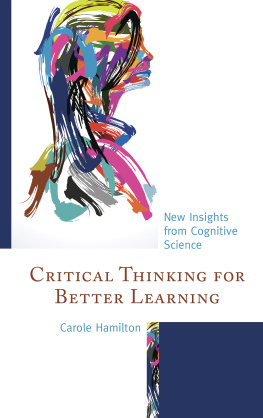
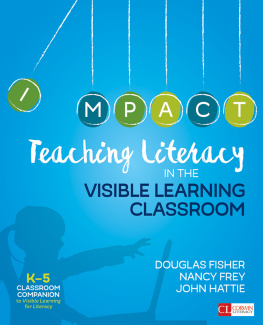

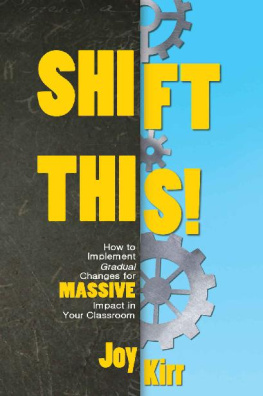

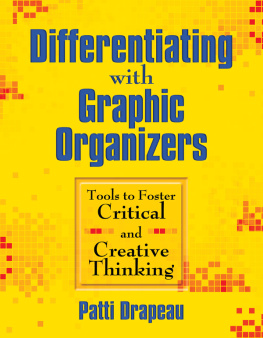

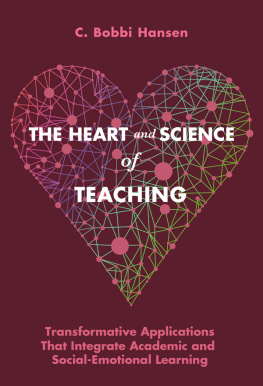
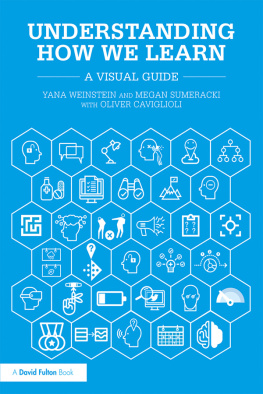
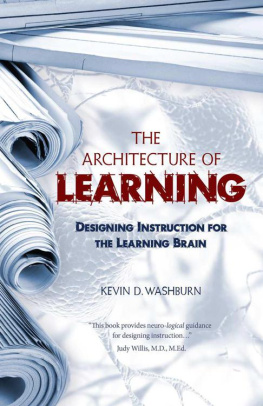

 The paper used in this publication meets the minimum requirements of American National Standard for Information SciencesPermanence of Paper for Printed Library Materials, ANSI/NISO Z39.48-1992.
The paper used in this publication meets the minimum requirements of American National Standard for Information SciencesPermanence of Paper for Printed Library Materials, ANSI/NISO Z39.48-1992.